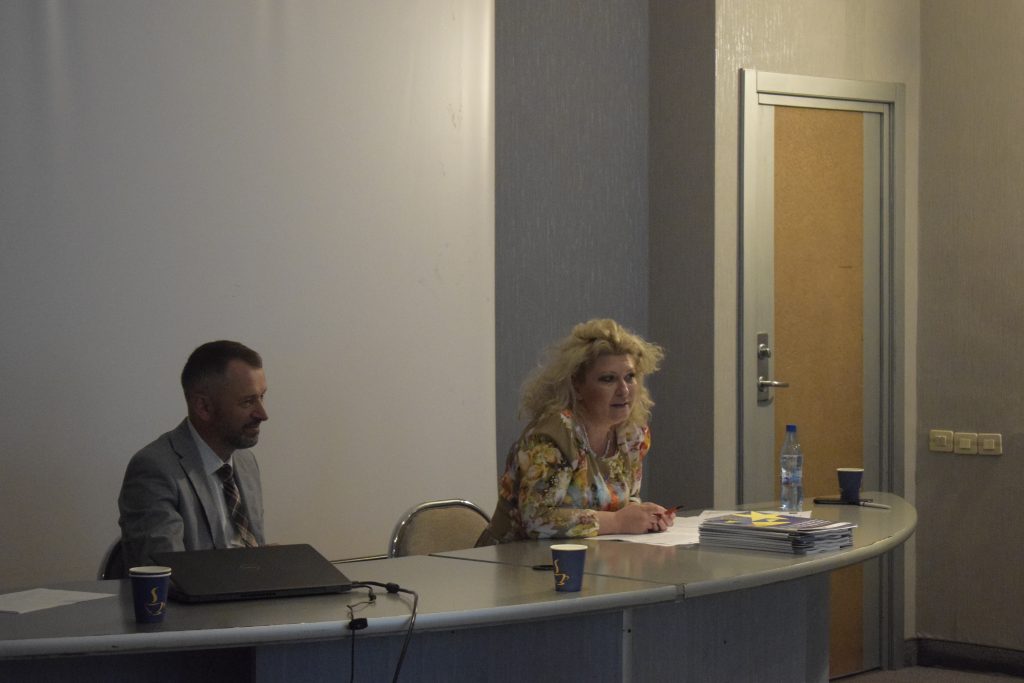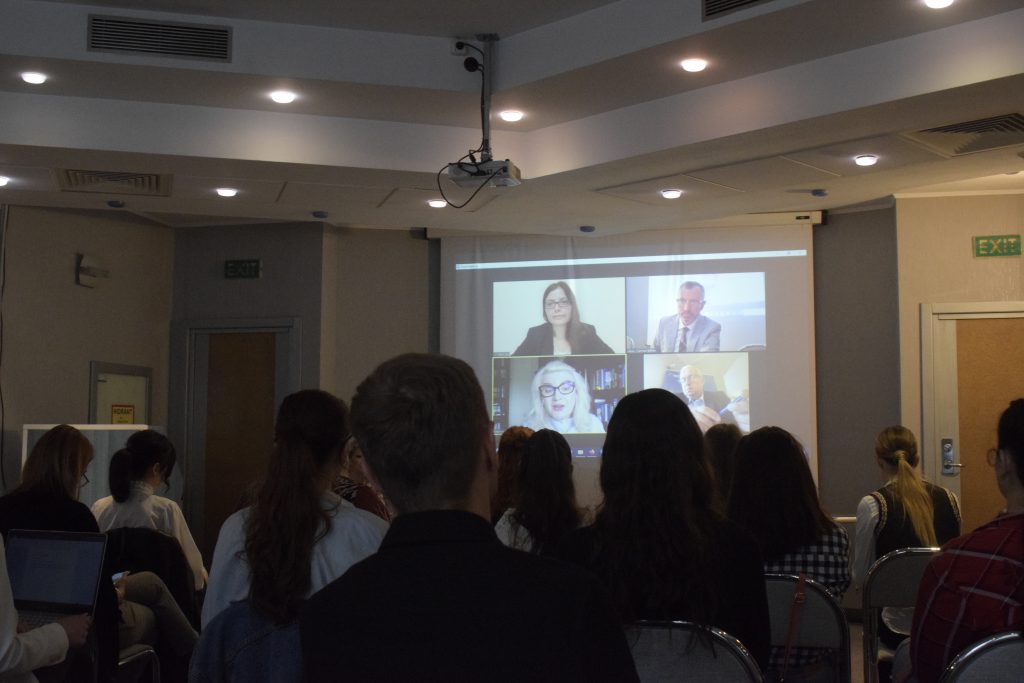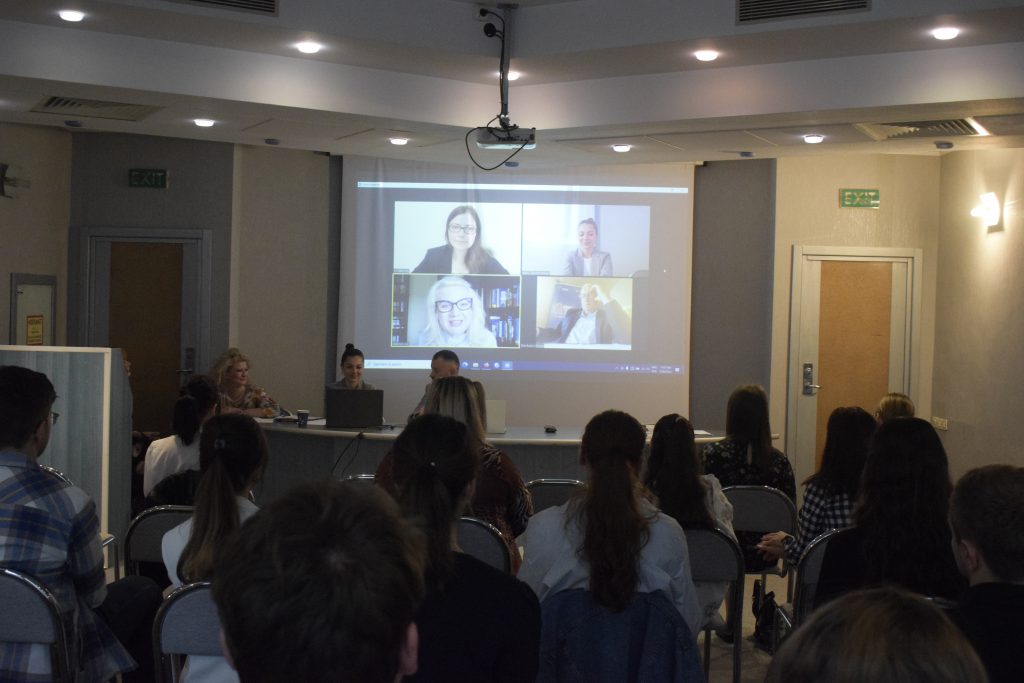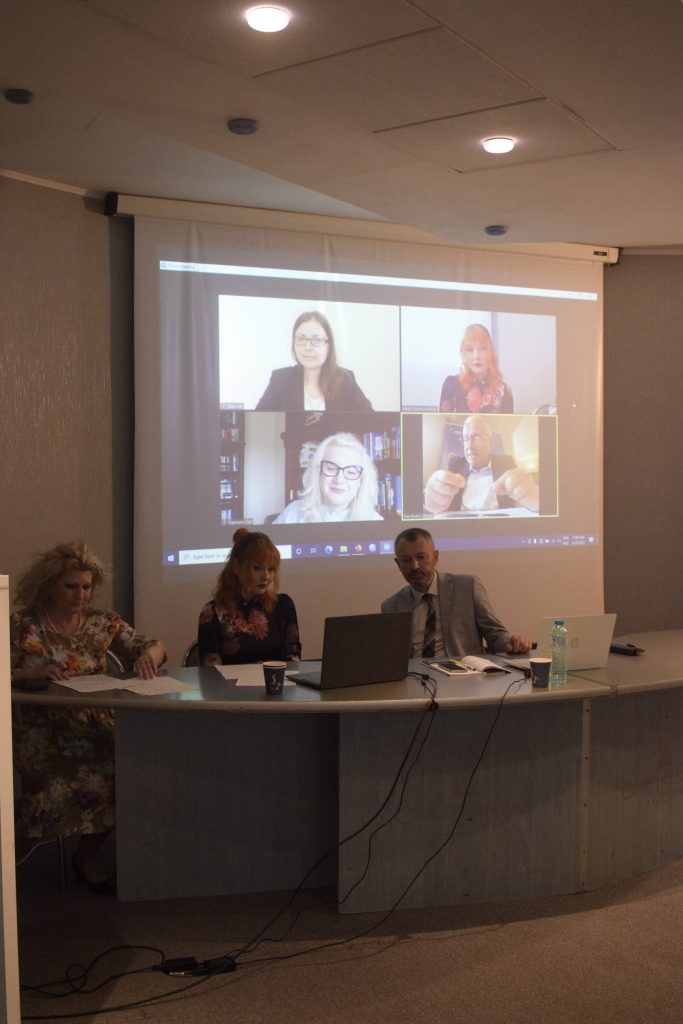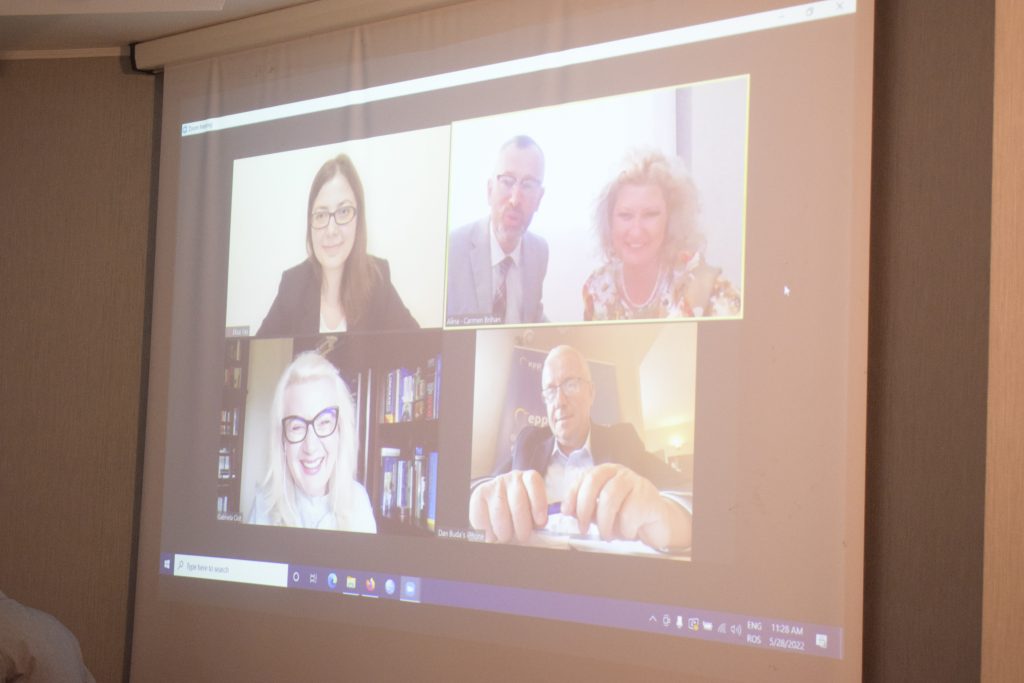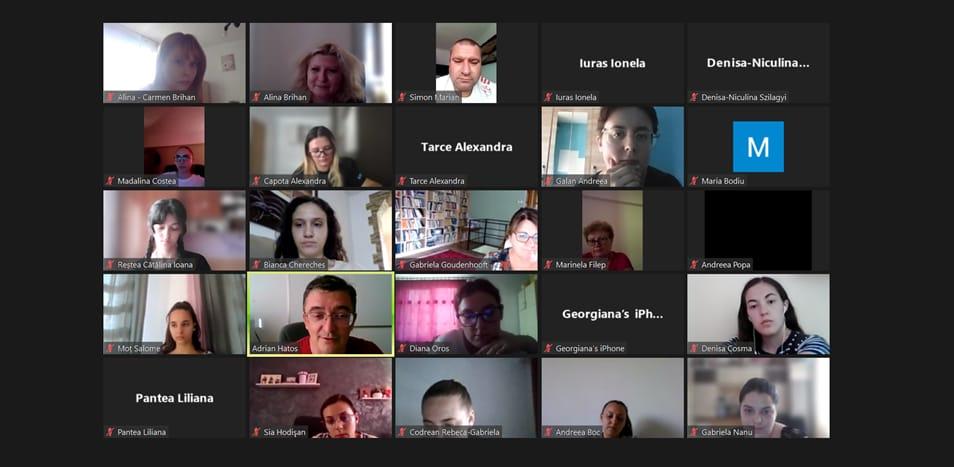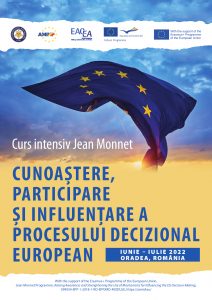Academic aim:
The aim of the course is to develop the understanding of the EU’s multilevel governance system, with a focus on the different actors (from different levels and sectors) and the process of influencing the EU’s decision-making process in each of these levels, in order to prepare the students for participation in EU’s multilevel decision-making process, from the local to the European level, in accordance with their own specialization (BA) background. The motivation for this intensive course is the fact that, for some of the targeted specializations, the students will continue their MA studies in their specific domain of specialization, so that they will not benefit of knowledge and competences in the EU issues, adapted to their domain of specialization. Therefore, as the students – participants to the course are from the 3rd year of study, the course is designed to represent a tool for them for the moment they are entering the job market – so to be active participants in their domain of specialization (in the public policies cycle and in different sectors – public, private, NGO), at different levels of the EU’s multilevel governance.
Target group:
This course is addressed to the BA students from different specializations from University of Oradea’s faculties.
Learning objectives:
- to familiarize the students with the main theoretical approaches on the EU’s multilevel governance, with a particular focus on: its openness to the mechanisms of participation and influencing the EU decision-making process; the role of the actors (from different levels and sectors) in this process; the formulation process of the European public policies;
- to expose the students to the Member States’ experiences of participation to/ and influencing the EU decision-making process and to examples of best practices;
- to enhance the students’ understanding of the features of the European, national, regional and local governance;
- to familiarize the students with channels and instruments available for the actors (from different levels and sectors), for participation in the EU’s multilevel governance and for influencing the EU decision-making process, in their domain of specialization;
- to develop competences regarding the use of channels and instruments available to the different actors from the local level, in order to influence the EU decision-making process, in their domain of specialization.
Structure of the course:
- The EU’s multilevel governanc (concept, features, actors, challenges) and the EU decision-making process (EU institutions and bodies, EU inter-institutional relations, the European legal order). Discussion, comparative analysis, case studies.
- The formulation and implementation of the European public policies – between the European and national levels. Discussion, comparative analysis, case studies.
- The national and European citizenship: rights, obligations and participation. The representative and participative democracy in the EU. Towards an European, multilevel, active citizenship. The citizens: channels and instruments for influencing the EU decision-making process. Discussion, comparative analysis, case studies.
- The national, regional and local levels in the EU’s multilevel governance: public authorities – their place and role in influencing the EU decision-making process (comparative approach of the EU Member States; examples of best practices). Discussion, comparative analysis, case studies.
- The civil society’s organizations and the business enterprises – their place and role in influencing the EU decision-making process. Lobbying the EU institutions (comparative approach of the EU Member States; examples of best practices). Discussion, comparative analysis, case studies.
- The traditional and new media, national and local – their role in the public opinion formation on the EU matters. The national and European public opinion – the degree of support for the EU’s and national institutions, policies and mechanisms (comparative approach of the EU Member States; examples of best practices). Discussion, comparative analysis, case studies.
Relevant documents:
